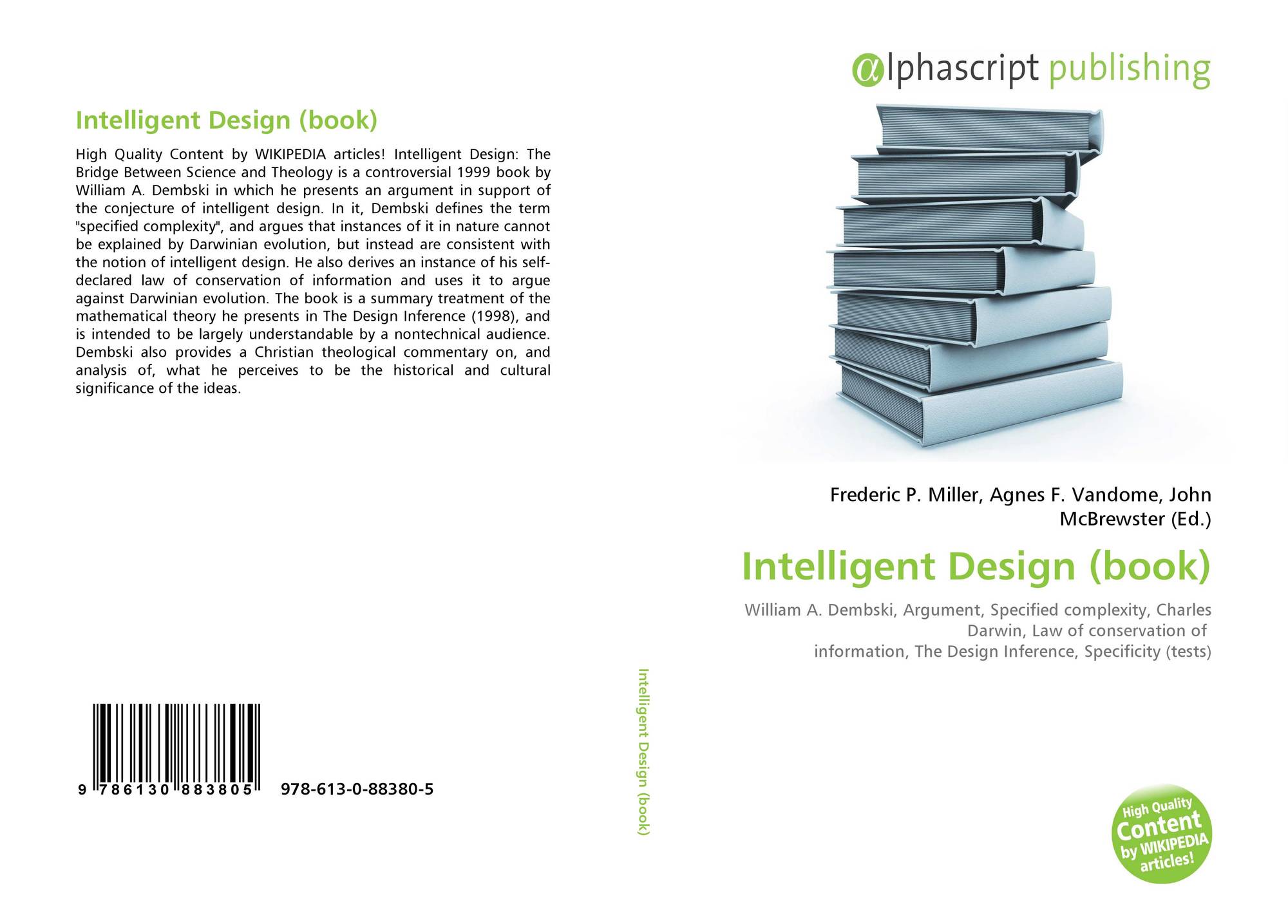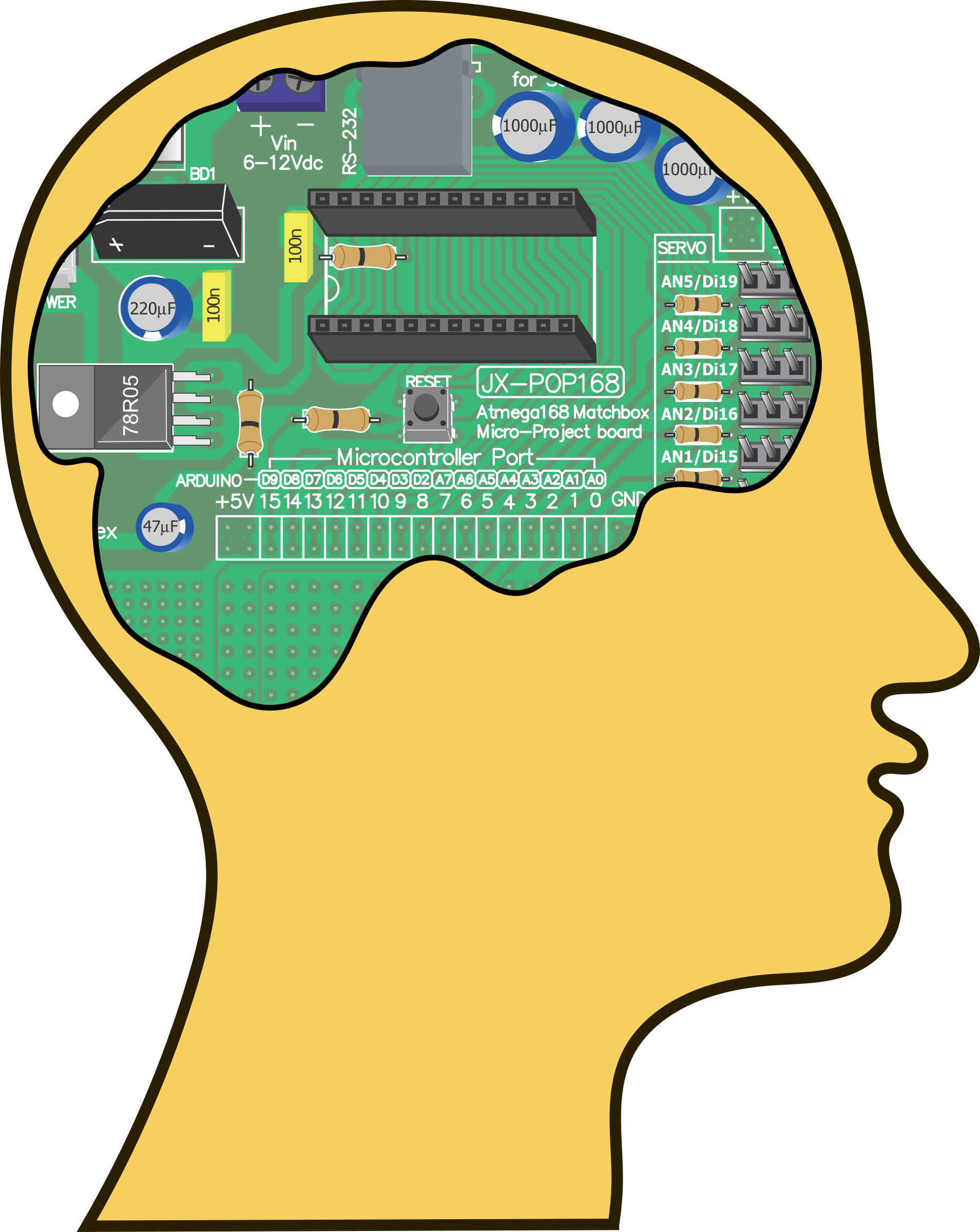Table Of Content

But it was true that you can't transform lead into gold by a chemical means. So when the alchemic ambitions were given up, then alchemy was able to change into the real science of chemistry. It will just be based on reality and on genuine scientific testing. I decided that what is happening here is that the public has seen something that the experts don't understand.
An Argument from Knowledge
Scientific ideas generate specific expectations about observations of the natural world that would support or refute the idea. However, because Intelligent Design doesn’t specify what the Designer is or how the Designer operates, it cannot generate expectations specific enough to help us figure out whether the basic premises of Intelligent Design are correct or incorrect. Behe, in particular, used the new listserv to test and refine the various arguments for a book he was working on. Within three years, Darwin’s Black Box appeared with The Free Press, a major New York trade publisher. One can imagine how such a meeting might have unfolded, with Thaxton’s bold plan quietly dying in a corner of Kenyon’s office as the two men came to loggerheads over their competing theories.

What is the intelligent design movement?

Underlying cellular complexity, of course, is information in the genome, and that is just where philosopher of science Stephen Meyer finds much evidence for “design.” His recent book, Signature in the Cell, argues the case at length and in detail. For an exchange between Meyer and Venema about this book, see here and here. Several years ago, Meyer advanced the idea that the “Cambrian explosion” was the “big bang of biology,” an event from which one could also draw a design inference. He did this in some articles and in a film called “Darwin’s Dilemma” that questions the ability of evolution to account for the geologically rather sudden appearance of many new animal phyla at the start of the Cambrian period. The scientific community believes that Dembski is repackaging the creationist argument that the theory of evolution violates the second law of thermodynamics, which states that there is a tendency in nature for complexity to decrease.
Isn't intelligent design just a newer version of creationism?
For example, to convey meaning in English one must employ existing conventions of vocabulary (associations of symbol sequences with particular objects, concepts or ideas) and existing conventions of syntax and grammar (such as “every sentence requires a subject and a verb”). When arrangements of symbols “match” or utilize existing vocabulary and grammatical conventions (i.e., functional requirements), communication can occur. Such arrangements exhibit “specification.” The second sequence (“Time and tide waits for no man”) clearly exhibits such a match between itself and the preexisting requirements of vocabulary and grammar. The first of the two terms in each of these couplets refer to sequences in which the function of the sequence depends upon the precise sequential arrangements of the constituent characters or parts, whereas second terms refer to sequences that do not necessarily perform functions or convey meaning at all. The second terms refer to sequences that may be merely improbable or complex; the first terms refer to sequences that are both complex and functionallyspecified.
There are various types of flagella, but all function like a rotary engine made by humans, as found in some car and boat motors. As suggested earlier, Darwinism requires that structures remain functional along each small step of their evolution. However, irreducibly complex structures cannot evolve in a step-by-step fashion because they do not function until all of their parts are present and working. Multiple parts requiring numerous mutations would be necessary to get any function at all — an event that is extremely unlikely to occur by chance.
The Origin of Biological Information and the Higher Taxonomic Categories
Aquinas vs. Intelligent Design - Catholic Answers
Aquinas vs. Intelligent Design.
Posted: Sat, 01 Nov 2008 07:00:00 GMT [source]
According to a spate of recent media reports, intelligent design is a new “faith-based” alternative to evolution-an alternative based entirely on religion rather than scientific evidence. Despite these key differences, however, ID does resemble young-earth creationism in tone. For many ID proponents, evolution is not only a false scientific theory, but also a leading cause of moral and spiritual decline in modern America. Although the ideas differ significantly from those of “creationism” in the YEC sense, the tone of ID sometimes resembles that of “creationism” so closely that it can be hard to tell the difference.
Mystery also made the radical claim that intelligent causes could be legitimately considered as scientific hypotheses within the historical sciences, a mode of inquiry they called origins science. Altruistic behavior appears to run counter to natural selection and should have been eliminated long ago. But here we are, and humans exhibit astounding examples of altruism. The field of evolutionary psychology purports to solve this conundrum by claiming that seemingly unselfish behavior actually gives kickbacks to your selfish genes. One famous example of an irreducibly complex molecular machine is the bacterial flagellum. The flagellum is a micro-molecular propeller assembly driven by a rotary engine that propels bacteria toward food or a hospitable living environment.
For an impassioned defense of Darwinism against any form of teleology or design, see Dawkins. Manson’s anthology situates intelligent design within broader discussions about teleology. Hunter provides an interesting analysis of how intelligent design and Darwinism play off the problem of evil. Beckwith examines whether intelligent design is inherently religious and thus, on account of church-state separation, must be barred from public school science curricula. According to Paley, if one finds a watch in a field (and thus lacks all knowledge of how the watch arose), the adaptation of the watch’s parts to telling time ensures that it is the product of an intelligence. So too, according to Paley, the marvelous adaptations of means to ends in organisms (like the intricacy of the human eye with its capacity for vision) ensure that organisms are the product of an intelligence.
Mere perception of light—and, later, various levels of vision ability—were beneficial to these organisms living in environments pervaded by sunlight. Nor does the design argument from biological information depend on the analogical reasoning that Hume critiqued since it does not depend upon assessments of degree of similarity. The argument does not depend upon the similarity of DNA to a computer program or human language but upon the presence of an identical feature (“information” defined as “complexity and specification”) in both DNA and all other designed systems, languages or artifacts.
Wise to introduce bill on intelligent design - The Florida Times-Union
Wise to introduce bill on intelligent design.
Posted: Tue, 30 Nov 2021 00:11:22 GMT [source]
ID does not attempt to “explain” the fossil record by claiming that the Biblical flood accounts for it. ID does not deny the “Big Bang” theory—indeed, some of the most interesting “design” arguments put forth by ID proponents assume the general validity of the Big Bang (see my comments on fine tuning here). Nor does ID oppose the great antiquity of the earth and universe in defense of a “literal” interpretation of early Genesis.
I grew up thinking that to be intelligent or well-educated was to be agnostic and to be liberal in politics. I went through various things in life and found that the agnostic pattern in which I had become socialized was not adequate for me. I became a Christian, and I found a kind of structure for my life that seemed to be a very good thing and to this day has enabled me to get through crises like two strokes. I'm happy to concede that there is a positive way of looking at something and a negative way of looking at something.
The theory of intelligent design does not offer an interpretation of the book of Genesis, nor does it posit a theory about the length of the Biblical days of creation or even the age of the earth. Instead, it posits a causal explanation for the observed complexity of life. If God and the Bible are really to be left out for the time being, then why am I discussing ID in a series on “Science and the Bible”? I simply don’t see any way meaningfully to avoid talking about ID apart from the culture wars in which it is embedded (I’ll say more about this in a subsequent column), and the Bible is never far from the surface when the battle being fought involves origins. Conservative Christians sense that ID really is about God—Dembski’s “unevolved intelligence”.
It is an imaginative story that has been spun on the basis of very little evidence. I was willing to believe in a biological creation by Darwinian mechanism if it could actually be proved. But if it couldn't be proved, I thought it was quite legitimate to think of something else. See the entry on intelligent design at New World Encyclopedia or at Encyclopedia.com. We are hiring exceptional designers, project managers and sales agents. With our vast network of engineers and designers, we can draw and permit electrical/lighting plan sets in 15 states including CA, AZ, NV, CO and OR.
It claims that science has understood for a long time that this theory applies "only to closed systems, and biological systems are not closed" [ref]. Does it fit the criteria of a scientific theory, or is it religious dogma in a scientific wrapper? In this article, we'll examine intelligent design and the controversy it has generated. Dembski’s academic credentials were impeccable, and since the book had been published after a rigorous peer review process as part of the prestigious Cambridge University Press monograph series, his argument was difficult to ignore. As more scientists began to express doubts about the ability of undirected processes to produce the genetic information necessary to living systems, some began to consider an alternative approach to the problem of the origin of biological form and information. In 1984, after seven years of writing and research, chemist Charles Thaxton, polymer scientist Walter Bradley and geochemist Roger Olsen published a book proposing “an intelligent cause” as an explanation for the origin of biological information.
For one, humans are the only primates that always walk upright, have relatively hairless bodies, and wear clothing. But the differences go far beyond physical traits and appearances. Where did these massive increases in fine-motor dexterity, and the quantum leaps of language, art, and abstract thought come from? Our uniquely human attributes constitute a quantum leap, not just an innovation, a leap that cannot have arisen without guidance.
Judge Jones, an appointee of President Bush, said the extensive testimony in the Pennsylvania case made it clear that “no serious alternative to God as the designer has been proposed” by members of the intelligent design movement. The response by the scientific community to Dembski's three-pronged approach to identifying design is essentially the same as its response to his argument for specified complexity. Most scientists note that it is not, in fact, a positive test for design, but in fact a negative test for eliminating chance and necessity. The process of elimination can not lead to any definitive conclusion in the world of science. Dembski explains that we actually use this method all the time, probably without even knowing it. It is only a matter of quantifying the process in order to make it scientific instead of merely instinctive.

No comments:
Post a Comment